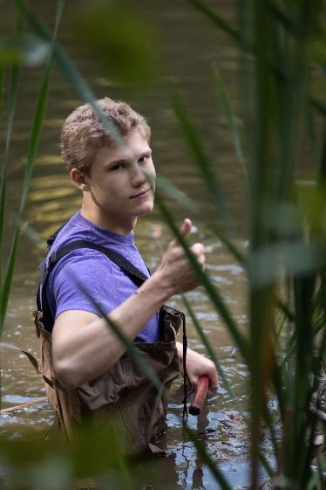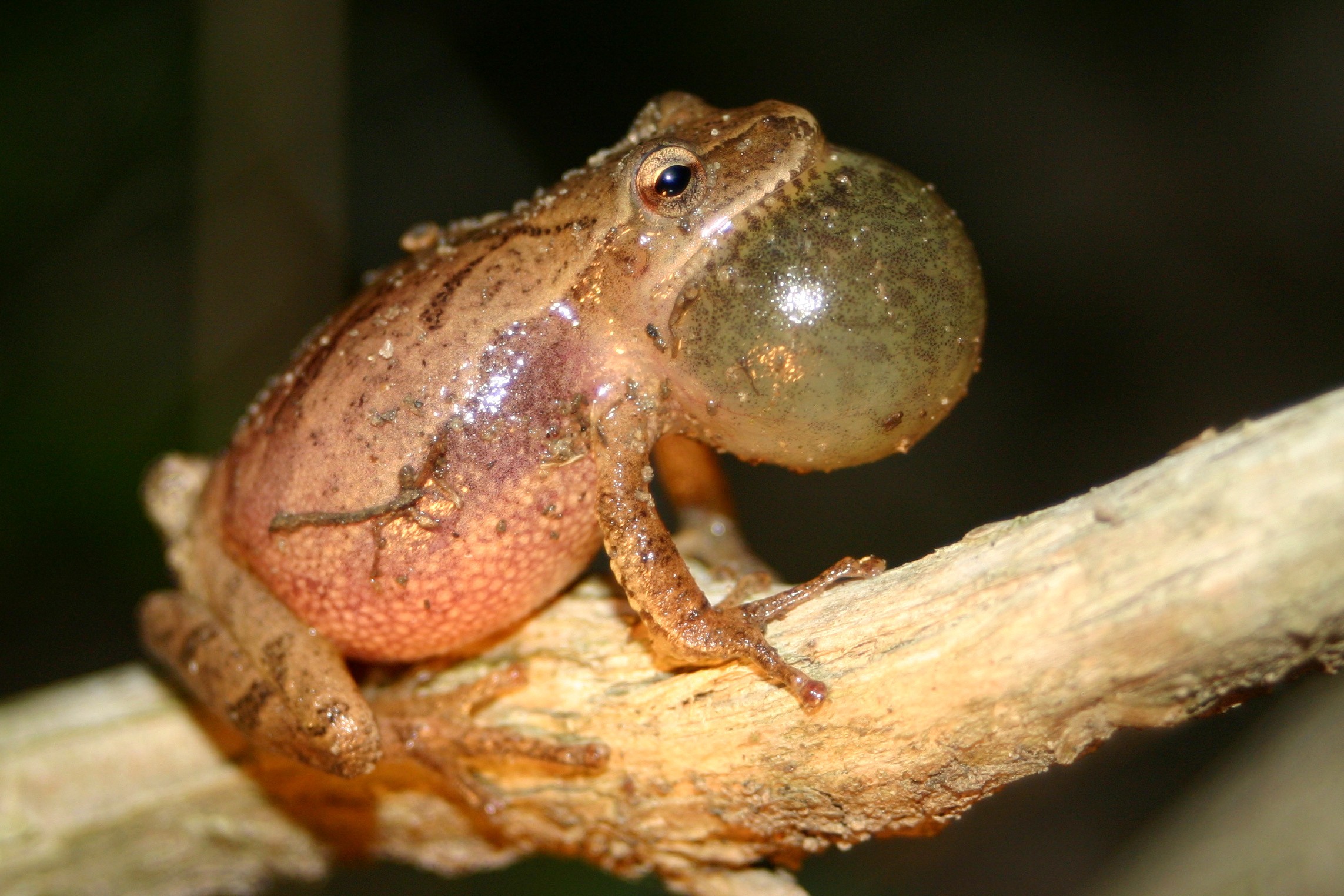Citizen Science programs are an increasingly popular method of data collection that engage members of the public in scientific discourse. Beyond connecting people with the natural world, these programs allow participants to make direct contributions in areas of personal interest--prioritizing issues of social concern and providing communities tools for assessing policy.
How to Get Involved
The Domain provides ample opportunity for members of the Sewanee community to play a role in the process managers and researchers use to inform decisions and drive policy. Getting involved is easy! This web page provides print ready survey protocols and datasheets, links to relevant resources, and even app-friendly maps, to make getting started simple. Questions about the monitoring programs or survey protocols? Have a new monitoring initiative you'd like to suggest? Simply email us or stop by the OESS office.
Bird Monitoring

"Sewanee is full of wonderful places to observe birds. The forested areas of the Domain are home to all the woodland species on this list. In the summer, the forest is full of the songs of warblers, vireos and thrushes. Non-migratory birds such as titmice, nuthatches and woodpeckers make a walk in the forest exciting in any season. Many forest species can also be observed around houses in the wooded parts of Sewanee. Lake Cheston and the area between Lake Cheston and the Equestrian Center are excellent places to observe field- and scrub-dwelling birds such as sparrows, thrashers and hawks. Bluebirds, kingbirds and swallows swoop after flying insects, then settle on the fences and power lines that surround the fields. The suburban areas of Sewanee also host a fascinating diversity of birds. Towhees, cardinals, wrens and chickadees call from garden shrubs and visit feeders, and chattering swifts enliven summer skies."
-Professor of Biology and Environmental Studies, Dr. David George Haskell
Proper stewardship of our bird communities requires monitoring through surveys. Observations garnered through the avian monitoring program help inform adaptive management strategies that anticipate responses to environmental variables, such as community development and climate change. Monitoring can also serve to confirm the presence of rare or at-risk species, such as the Golden-winged Warbler--a species petitioned to be listed federally as threatened, but recently observed on the Domain. The Tennessee Wildlife Resources Agency (TWRA) provides excellent resources for familiarizing yourself with birds that may be encountered during surveys. To get involved, simply print the and use the maps provided to locate the monitoring transects. Links to georeferenced versions of the transect maps are provided below and can be opened in apps such as Avenza Maps, to allow observers to easily locate transects and sampling points. Inquiries about the bird monitoring program and completed datasheets can be submitted via email or in person to Kevin Fouts in the OESS office.
Map of All Avian Transects, Caldwell Rim and Lost Cove Transects, Downtown and Georgia Avenue Loops, Dick Cove Transect, Bridal Veil and Farm to KA Transect, Piney Point Transect
Frog Monitoring

"Though they’re most often hidden from sight, amphibians live amongst us at Sewanee. Warm and rainy nights bring them to the pools in search of mates, and frogs chorus to attract females from across the Domain. Risking detection by predators, the high pitched chirps of male spring peepers usher in a new season as they announce themselves to potential mates. Follow the sounds of banjo plucks to the waters of Lake Cheston where you might see the vocal sac expansion of green frogs or even witness their next generation being deposited into the lake. Or use daylight to test your skills scanning the lichens and crevices in trees above the waters for the gray treefrogs whose loud, lengthy trills fill the night air."
Associate Professor of Biology, Dr. Kristen K. Cecala
Amphibians are another wildlife group sensitive to environmental change, with some members--frogs and toads in particular--easily surveyed by methodologies available to the general public. Most frogs and toads on the Domain travel to aquatic habitats to breed during spring and summer, with males calling to attract mates. The locations and intensity at which these species specific calls are heard can be used to monitor the distribution and abundance of frogs on the Domain. To get involved, familiarize yourself with the frogs and toads of the region and the calls they make. TWRA provides excellent introductory materials and you can test your skills using the USGS frog call quiz. Once confident in your ability to identify and distinguish calls, print and review the survey protocol and datasheet to be sure you are comfortable with the procedure--please note that these surveys are conducted at night. The map below can be opened in Avenza Maps to select aquatic habitats and naviagate to them for surveys. Questions regarding the frog call monitoring program and completed datasheets can be submitted via email or in person to Kevin Fouts in the OESS office.

